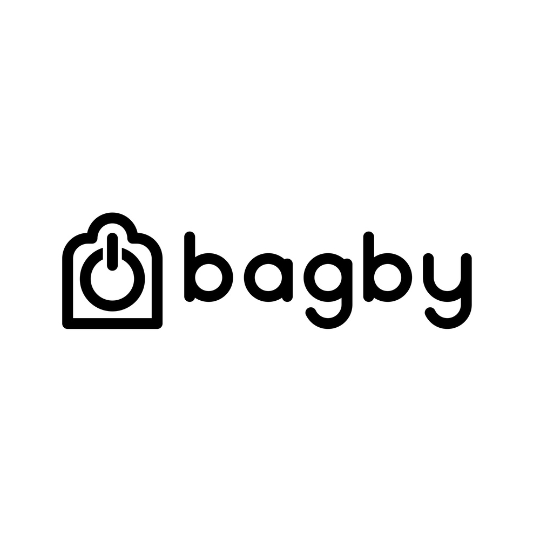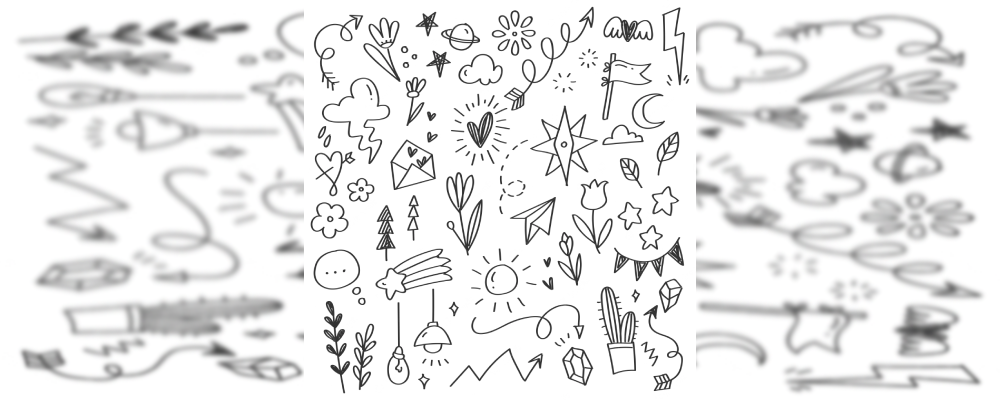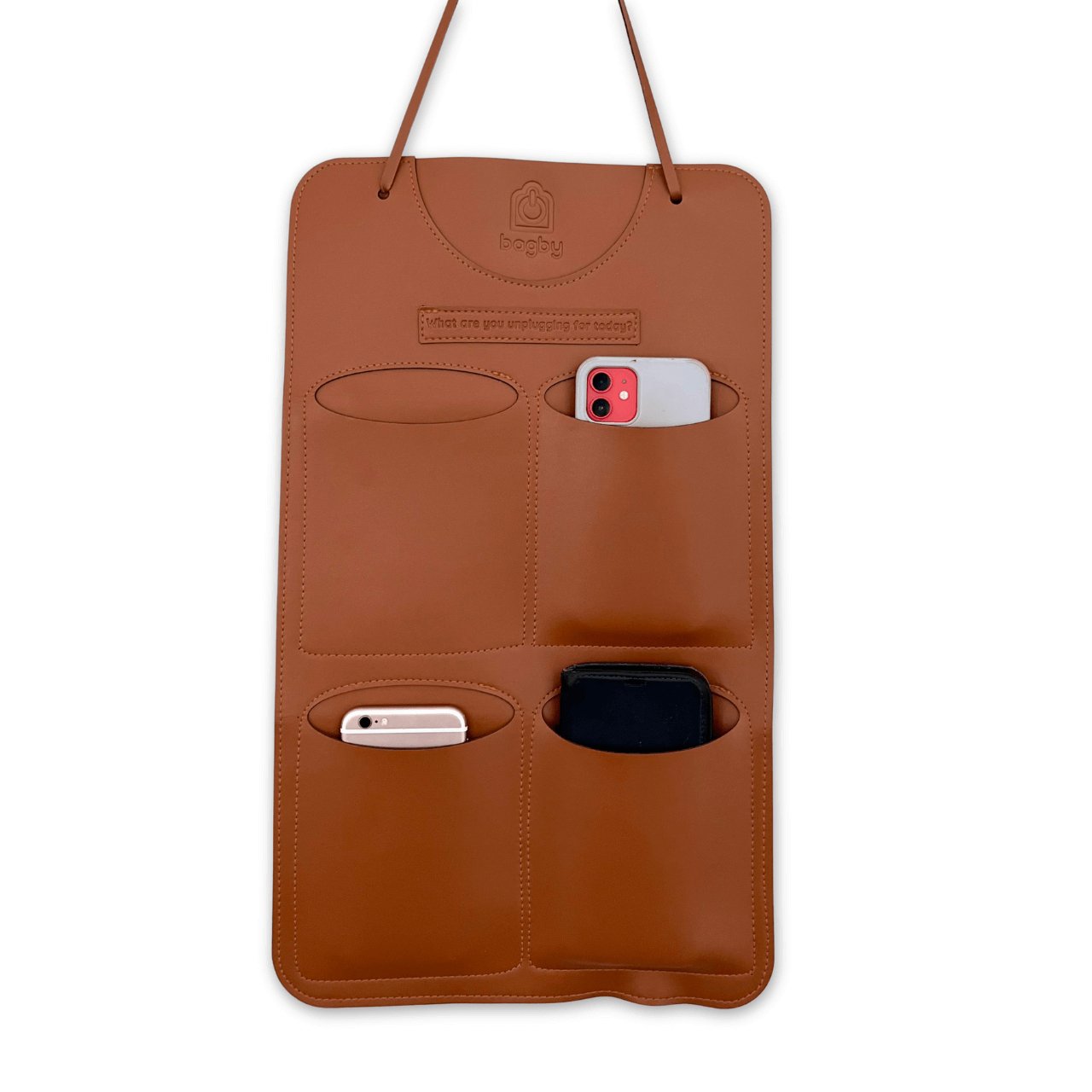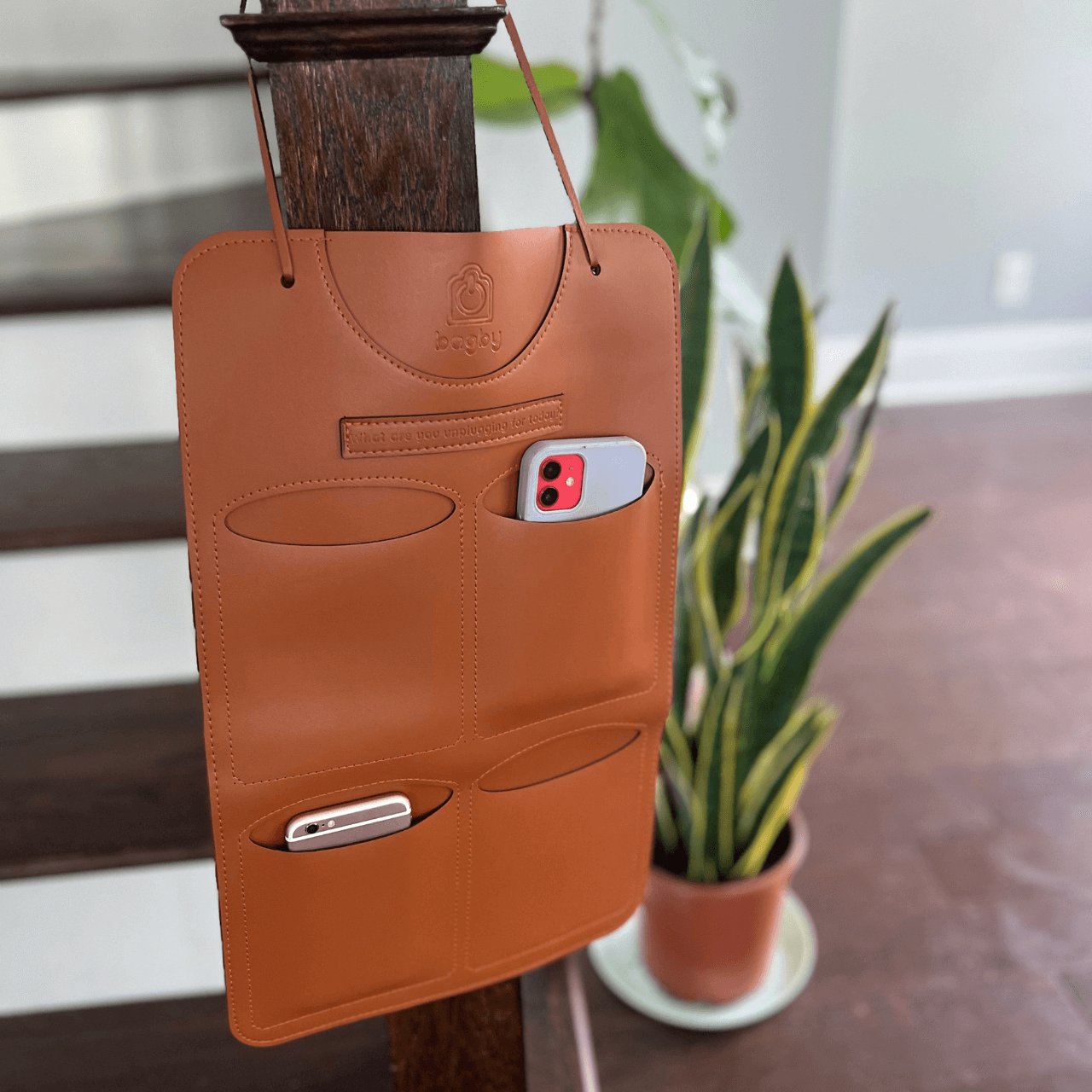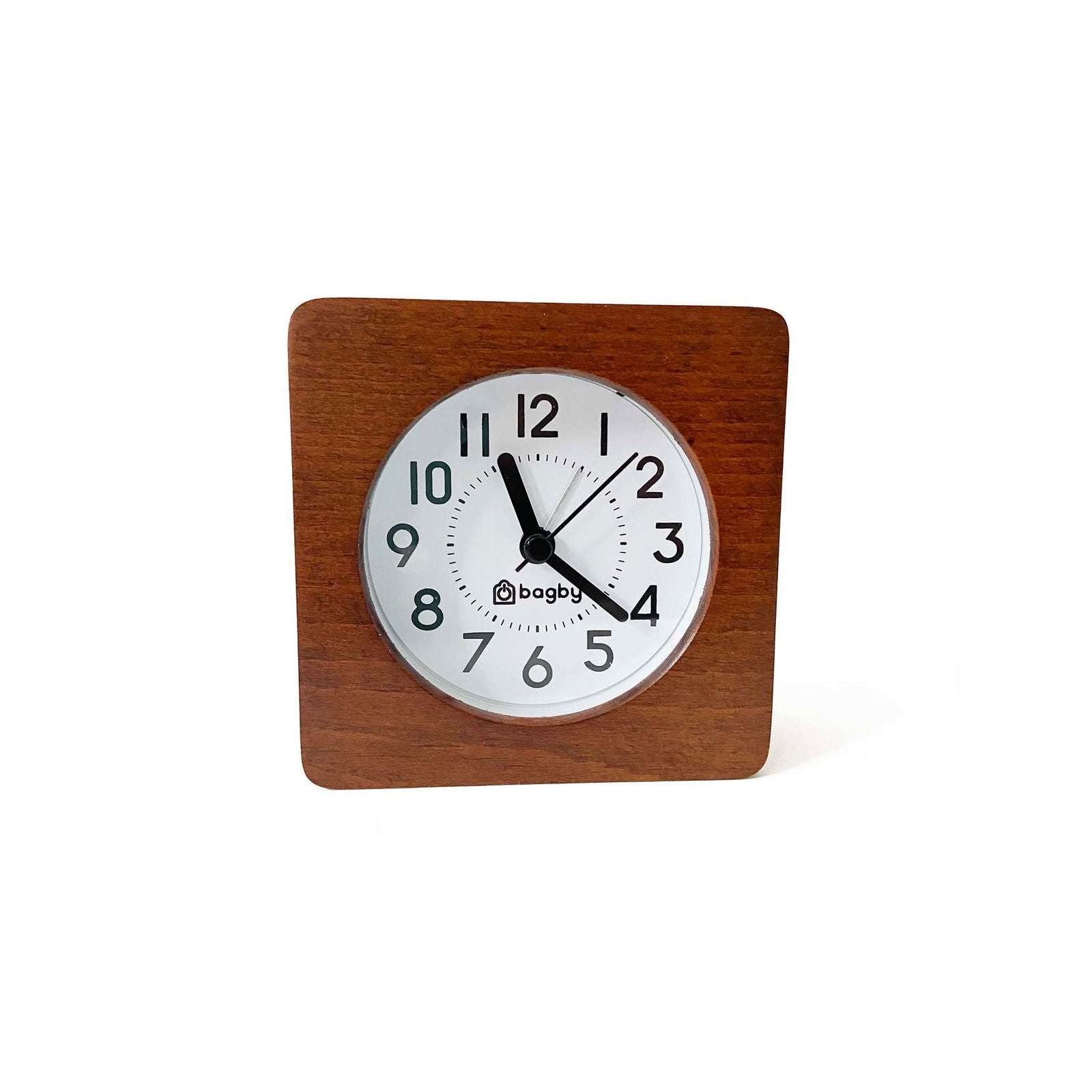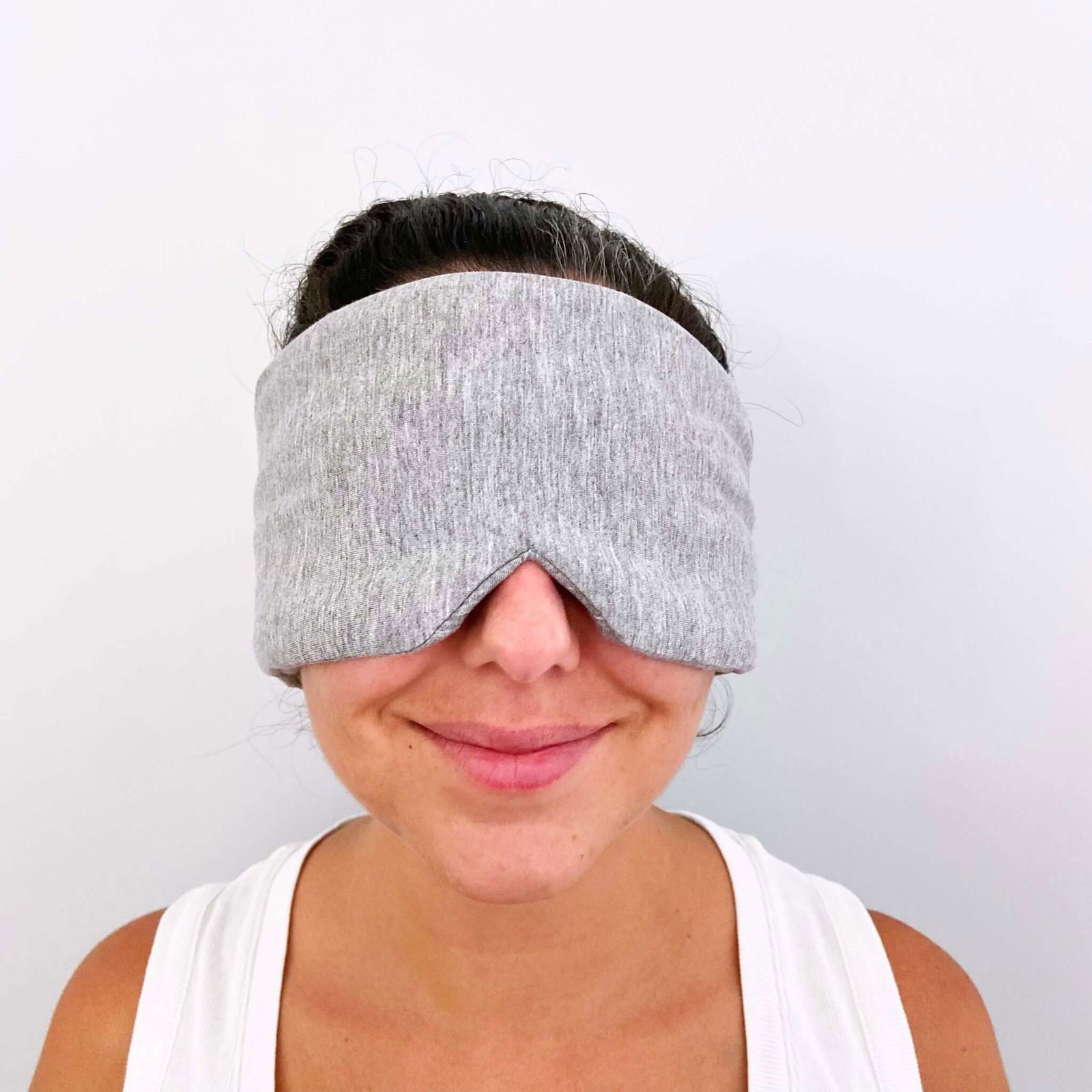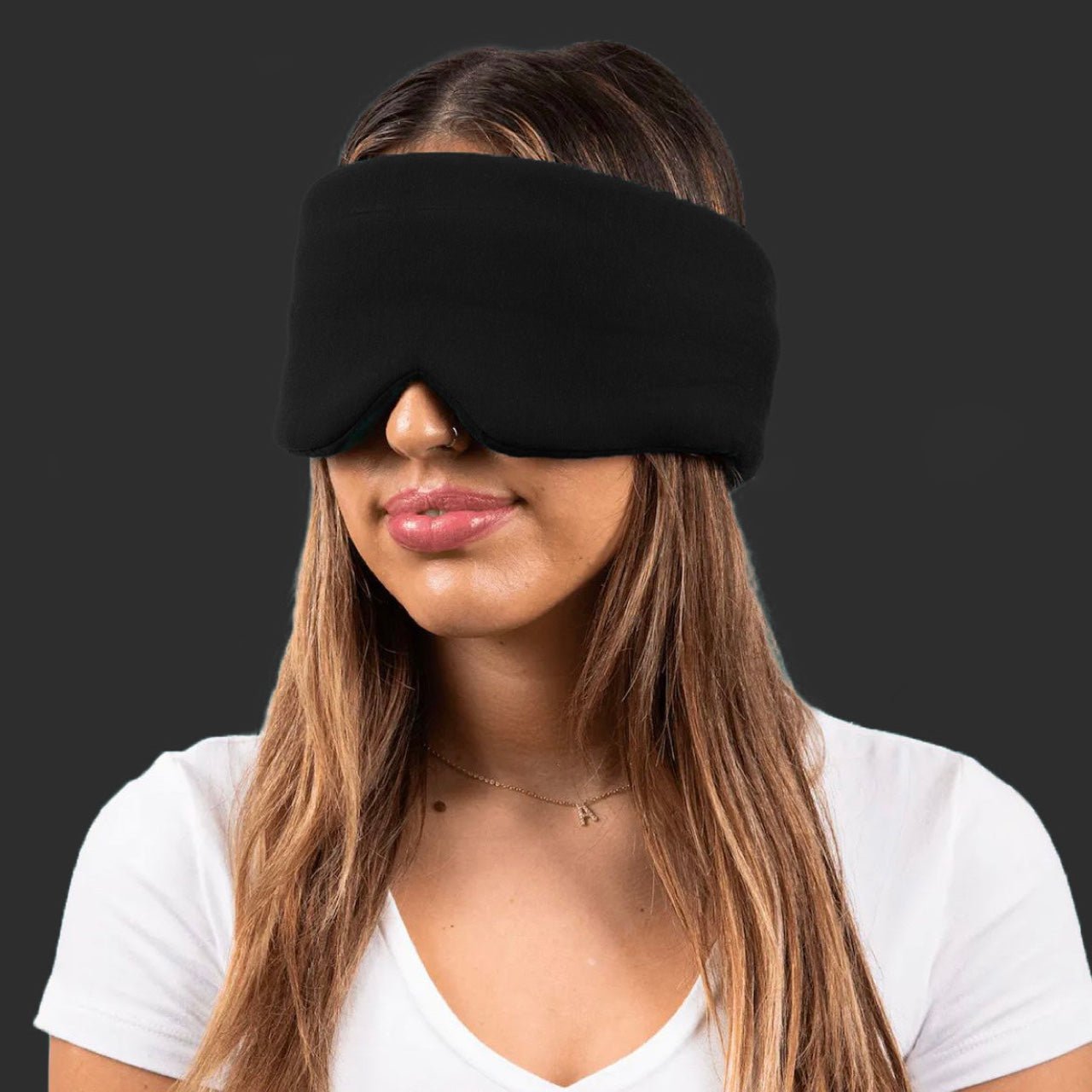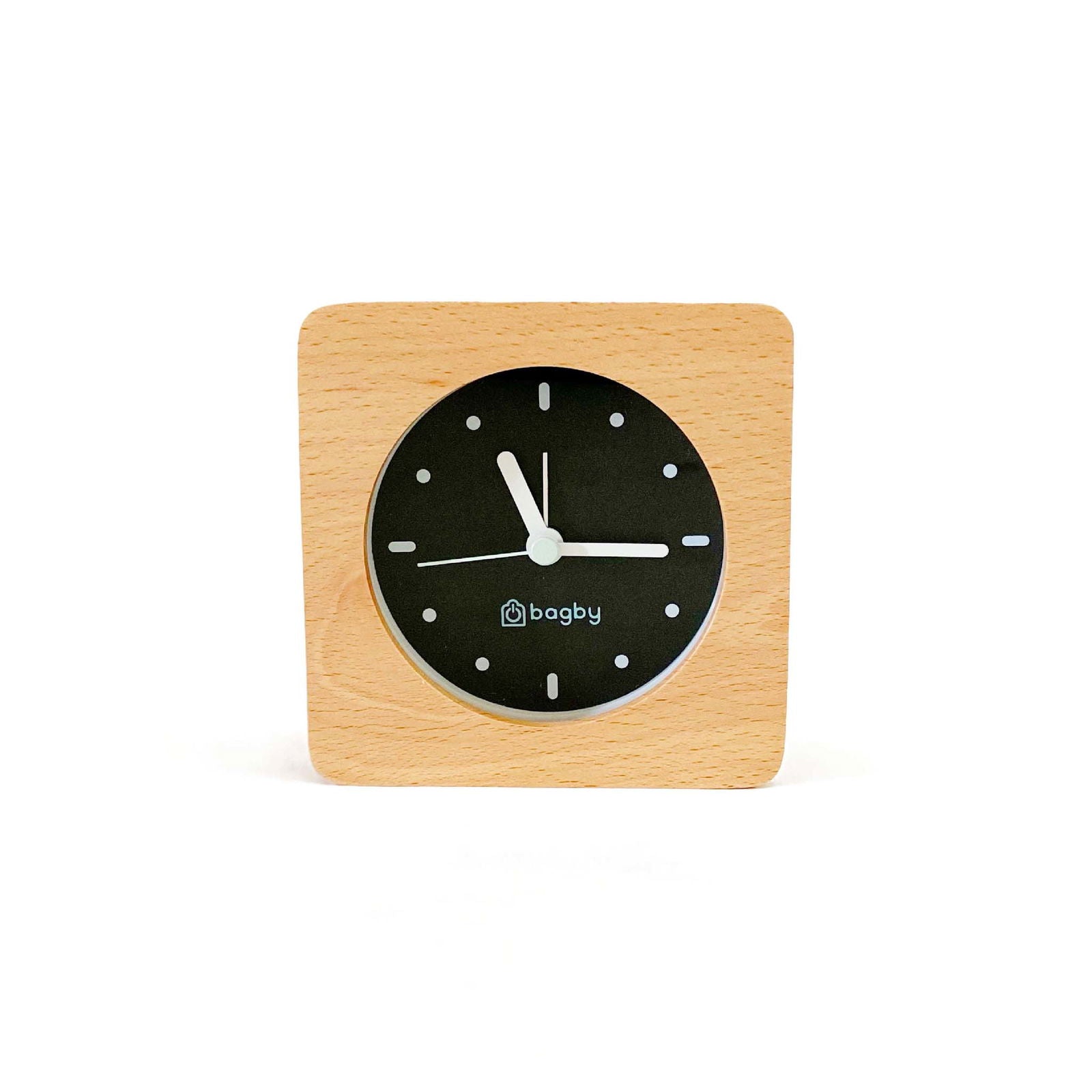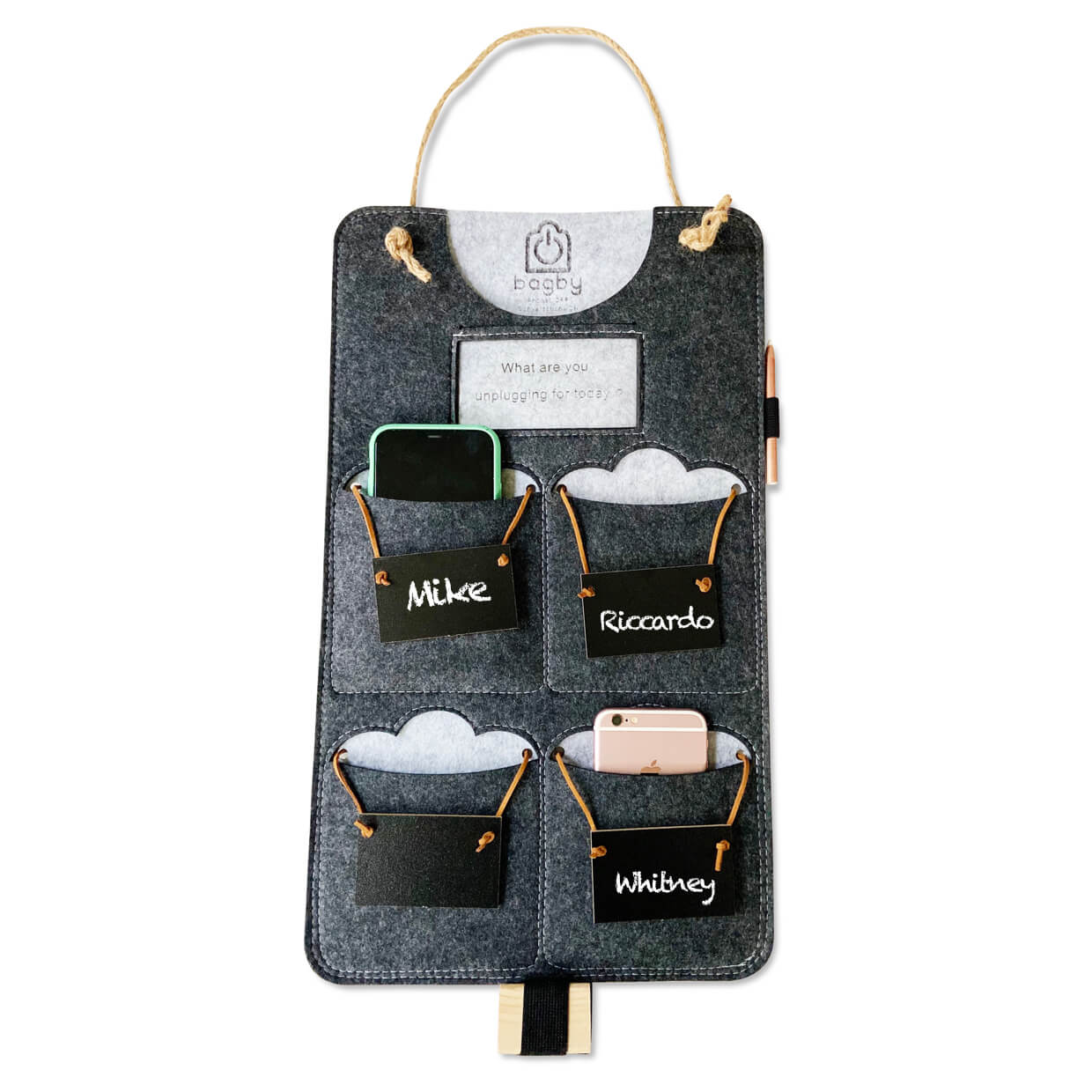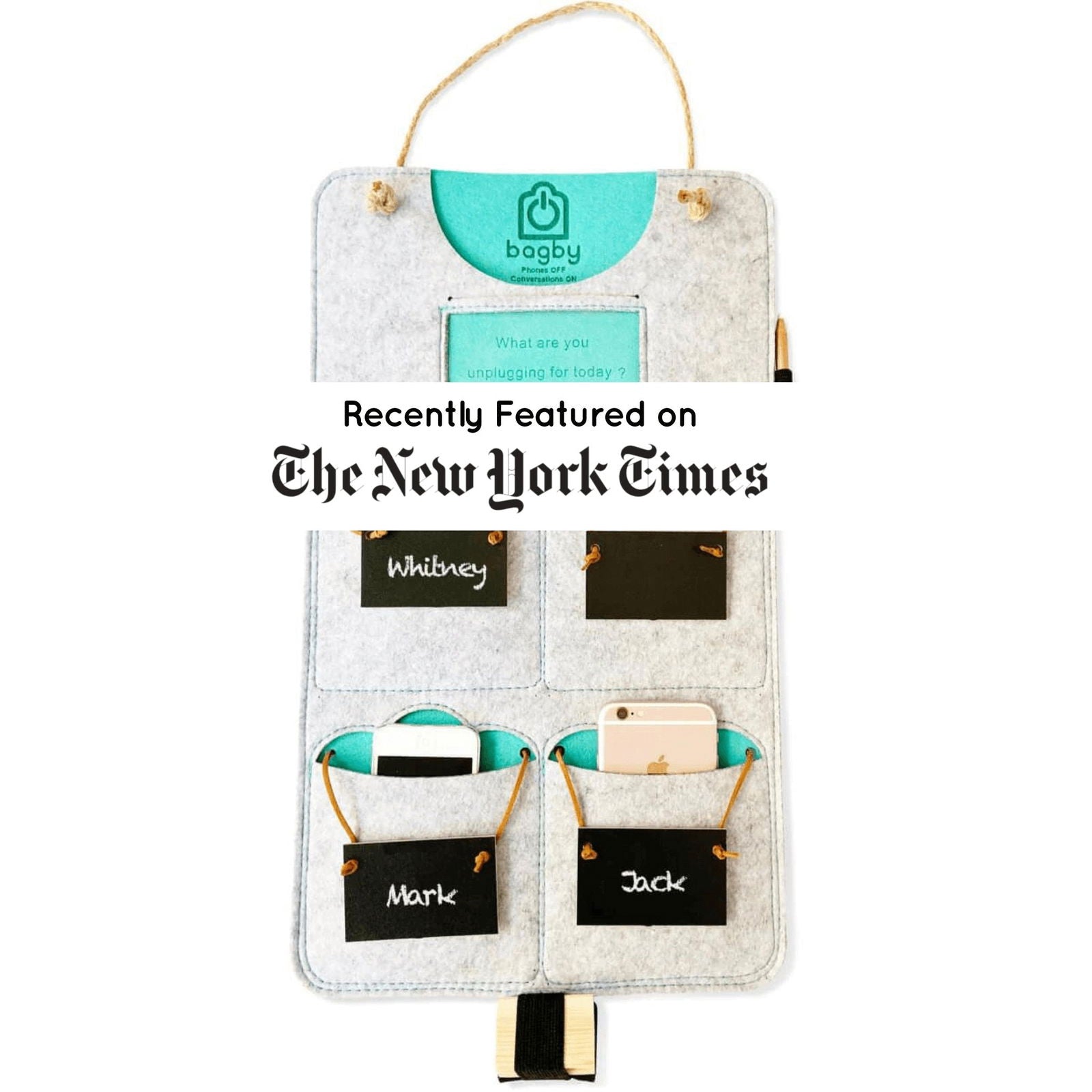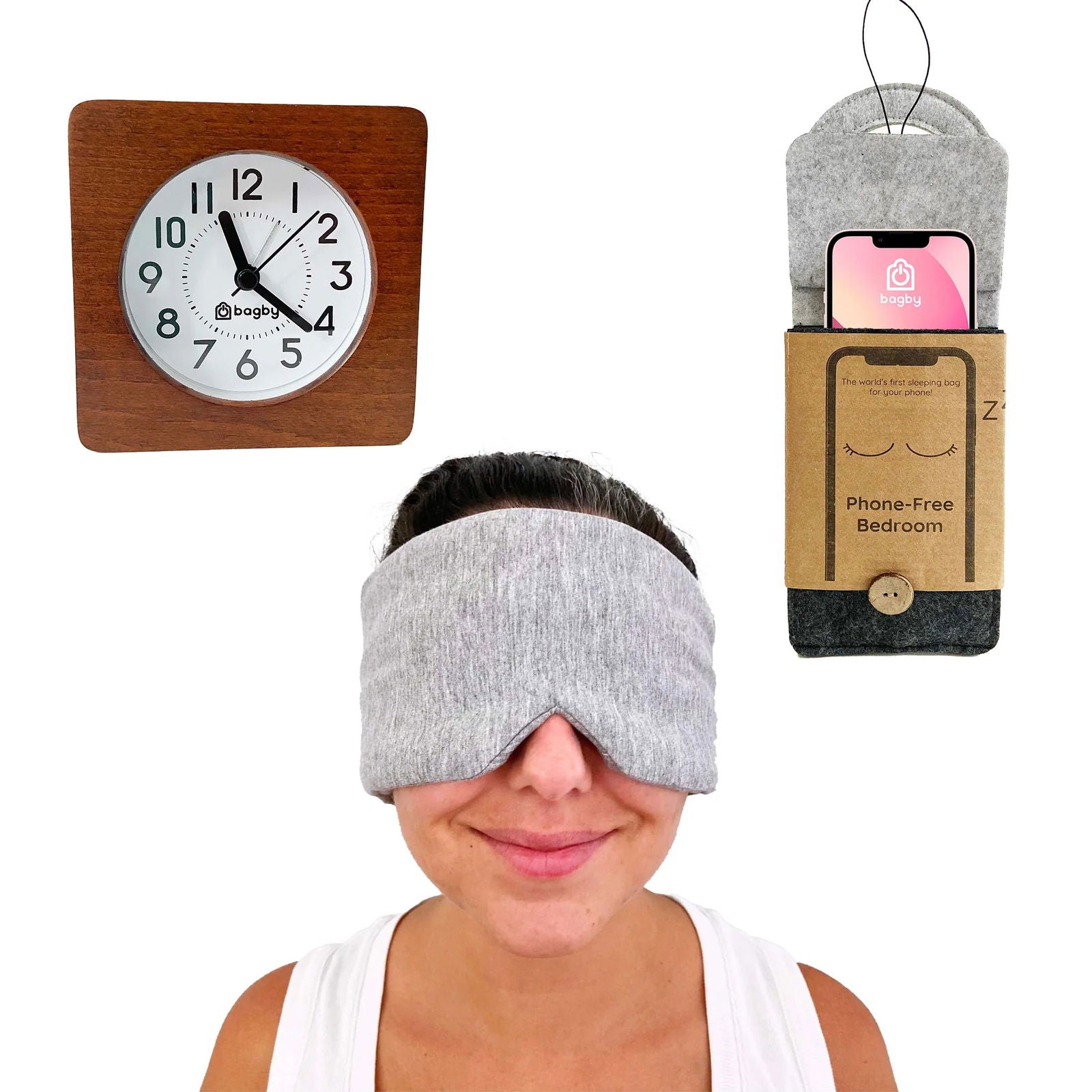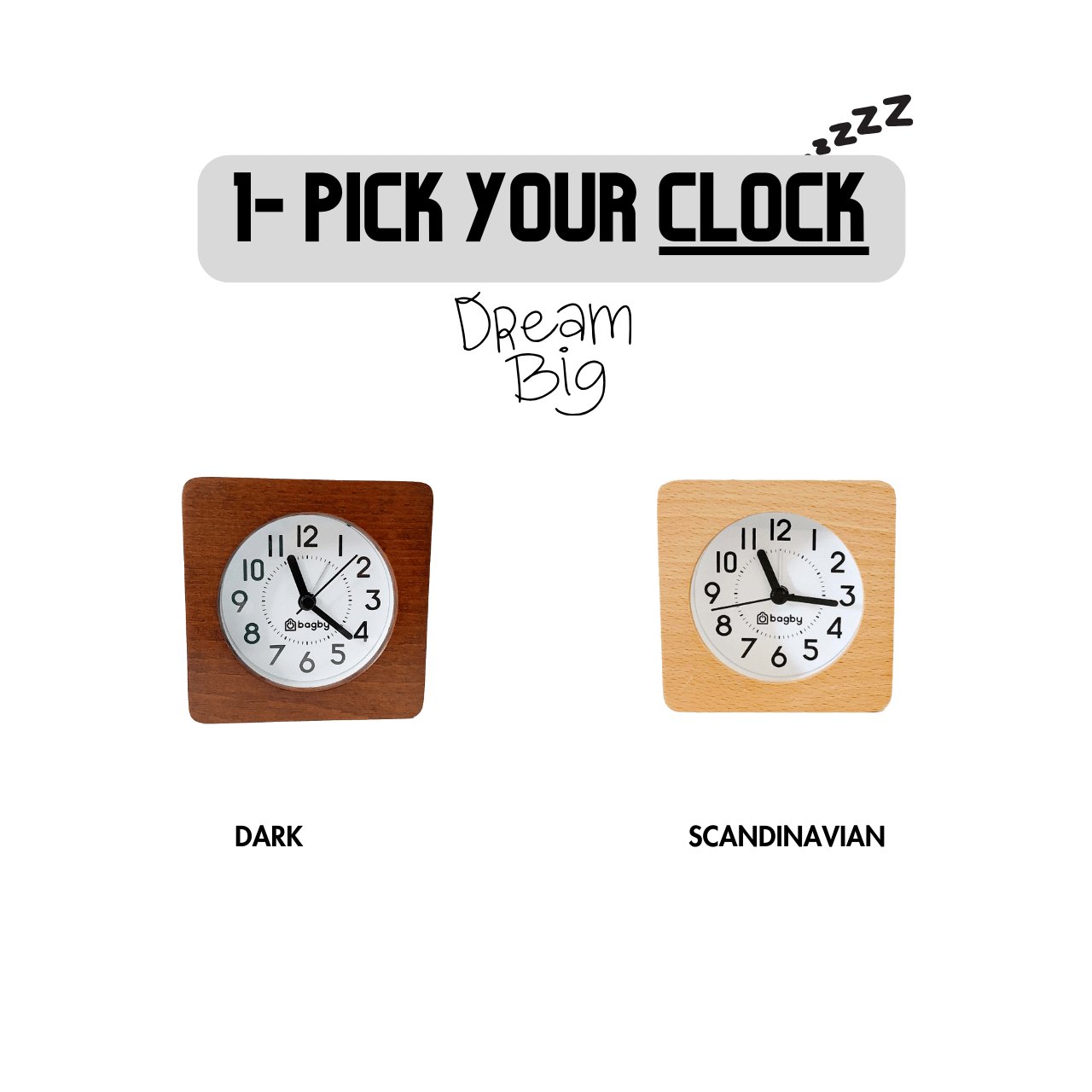In our fast-paced modern lives, we constantly face changes, uncertainty, and the pressure to keep moving. And that can certainly be trying—even for the most well-adjusted. Over time, problems like stress, anxiety, and panic start to appear.
There are many ways to cope with these problems, and some of them may surprise you. Case in point: doodling.
Sounds silly, I know. But experts say that “doodling can actually help calm the racing mind and bring it back to a more quiet, restful space, not unlike meditation.”
All you need is a pen or a pencil and paper, and you’re ready to get started.
Before we proceed, there’s a TL;DR at the end, which stands for too long; didn’t read. If you don’t have the time to read the whole text, you can jump to the bottom, where you’ll find a bulleted summary of the things we talk about in this guide.
Doodling And Art Therapy
Art therapists commonly use doodling to help clients release stress, process emotions or events, or identify their feelings.
The Canadian Art Therapy Association describes art therapy as combining psychotherapy with the creative process of art to facilitate self-exploration and understanding.
Certainly, doodling is unlike traditional art, requiring almost no skills. But surprisingly, that’s also what seems to make doodling so great for your mental health.
When you doodle, there’s no room for performance anxiety, as no one will judge you for how well you do it.
Experts say that doodling regularly comes with many benefits. Have a look:
Doodling Helps Process Emotions
If our emotions are messy, our life becomes messy. Although talk therapy or even talking to someone you trust helps, these options aren’t feasible for everyone.
Though I’m not recommending doodling as a replacement for traditional therapy or sharing with people you trust, it can certainly help slow down your racing mind.

For example, experts say that when you’re caught in a negative thought spiral, drawing actual spirals on paper can interrupt your thoughts, eventually helping you feel less distressed.
Besides that, sometimes doodling also physically represents what you’re feeling at the moment. This helps you identify that you’re actually in distress and push you to take further action.
Doodling Relieves Stress
Another way experts say doodling can help you is by reducing stress.
Stress often comes with the anticipation of making mistakes. When it comes to doodling, there are no mistakes. In fact, you’re going out of your way to be messy and incoherent.
This will give you a much-needed break from the pressure of being productive and doing everything right.

I’m sure you know about the fight-or-flight response that we have. When we’re stressed, it’s actually our body trying to figure out the next step.
Scientists say that the rhythmic and repetitive motions of doodling can help ease you out of the fight-or-flight mode of an active stress response.
So, next time you feel stressed or overwhelmed, try doodling for five minutes and notice how you feel afterward.
Doodling Helps with Concentration and Memory
Doodling is really an unfocused activity. So, how does it help improve your concentration and memory?
One researcher looked into this and found that participants who were given a shape-shading task could concentrate better and listen more closely to a rambling and convoluted phone message. Moreover, they did better on a surprise memory test that followed shortly after.
If you don’t think this makes much sense, I get you. But stay with me; there’s a legitimate reason for this.
See, paying close attention to something puts considerable strain and stress on your brain. Doodling gives your mind a softer landing spot. So, by doodling and giving your brain a little break, you can actually focus more and memorize better.
Doodling Enhances Creativity
Doodling, something that requires no real creativity, can actually boost your creativity, say experts. How?
Have you ever heard the term “shower thoughts?” Big ideas coming into your brain when you’re showering or sitting on the toilet seat?
Our minds are designed to solve problems. But today, our brains are overstimulated, giving them little time and space to make creative connections and find solutions to problems.

When you’re doing things like showering, your brain isn’t being stimulated by your phone, TV, laptop, or other people.
This gives the “focus circuits” of your brain a break and allows the “creative circuits” to take the driver’s seat.
Experts say that doodling can help induce this state. Of course, you shouldn’t think about other tasks when you’re doodling, but the next time you feel stuck, set a timer and start doodling.
Doodling Helps Our Minds Wander
Finally, if you’re a daydreamer, you’re no stranger to the wandering mind. Research studies have found that mind-wandering is a great tool to induce big-picture thinking.
If you’re in a job requiring laser focus and complex movements, it can sometimes be challenging to grasp the bigger perspective. As the saying goes, you don’t see the forest for the trees.
Well, the next time you feel overwhelmed by details, try doodling shapes and arches that make you feel expansive. When you return to work after this, you may just notice a shift in your perspective.
How To Doodle?
There’s no real method to doodling. And it’s only as hard as you make it.
First off, you need to silence your inner critic that says you have to make perfect art every time you pick up a pen and paper. This is not a Santa Maria Delle Grazie painting assignment. You’re doodling.
You already know the basic shapes:
- Squares and rectangles
- Circles and ovals
- Triangles
So, if you want, you can start there and see where you end up. And if you need some inspiration, check out the Doodle Deck and Pad by Best Self.
Doodle Deck & Pad
The Doodle Deck & Pad by Best Self is a simple product that includes 50 art therapy exercises plus a sketch pad. You can simply pick a prompt and doodle whatever comes to mind.

This deck and pad will cost you $19, but trust me, it’s worth the investment.
TL;DR
If you’re here after reading the whole guide, I’d like to thank you for supporting our efforts to make your relationship with technology a safer, healthier one.
And if you’re here because you don’t have time to read the whole text, here’s the TL;DR as promised.
Research shows doodling has many benefits:
- Doodling can help you manage stress and anxiety
- Doodling can help you deal with your emotions
- Doodling can boost your creativity
- Doodling can help you see the big picture when your mind is stuck
- Just pick up a pen or pencil and paper, start drawing the basic shapes, and see where you go from there—that’s it. You’re now doodling.

